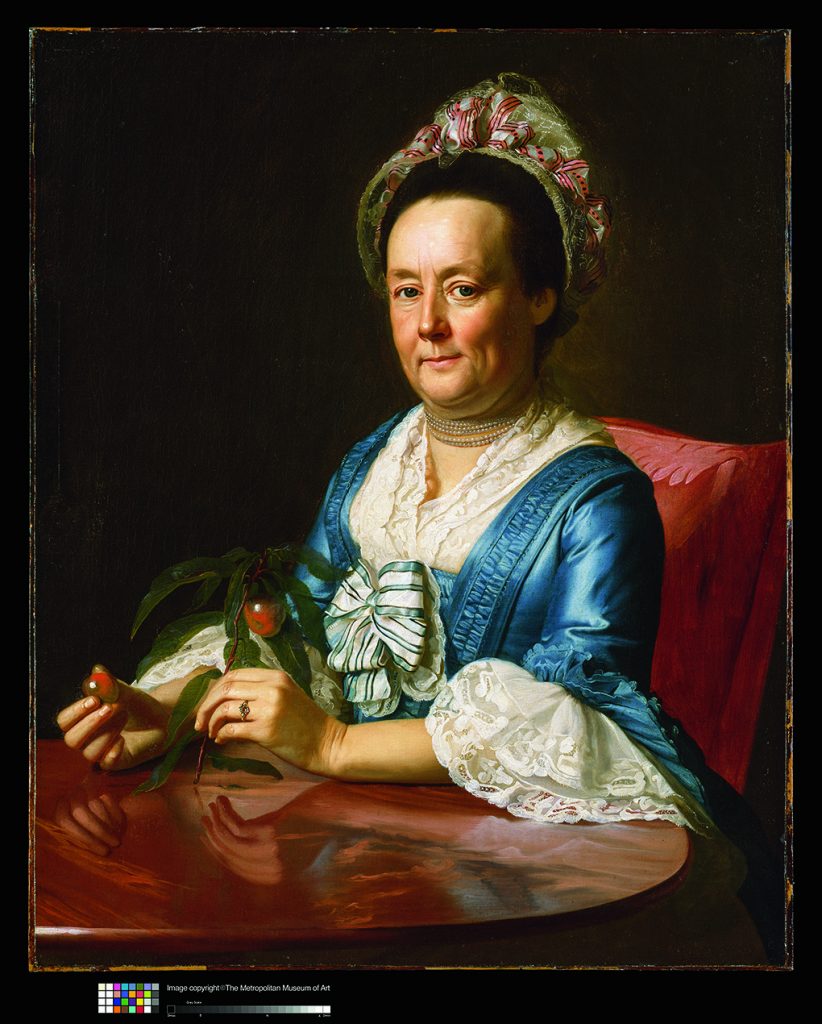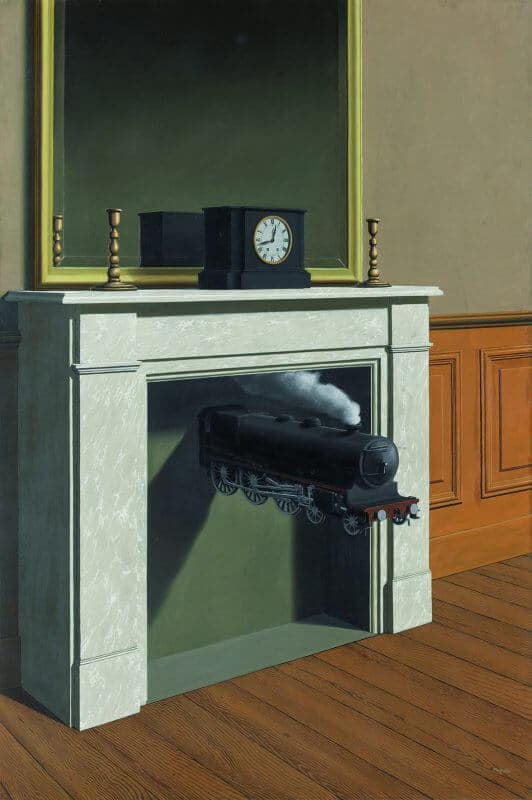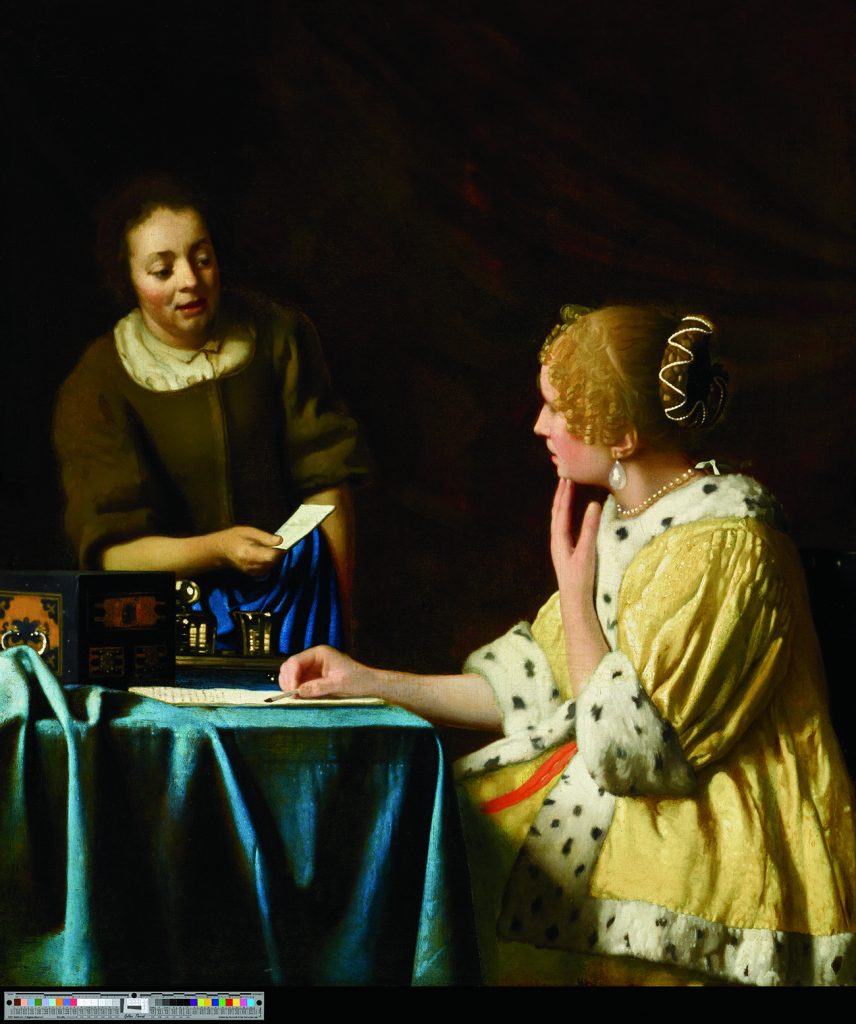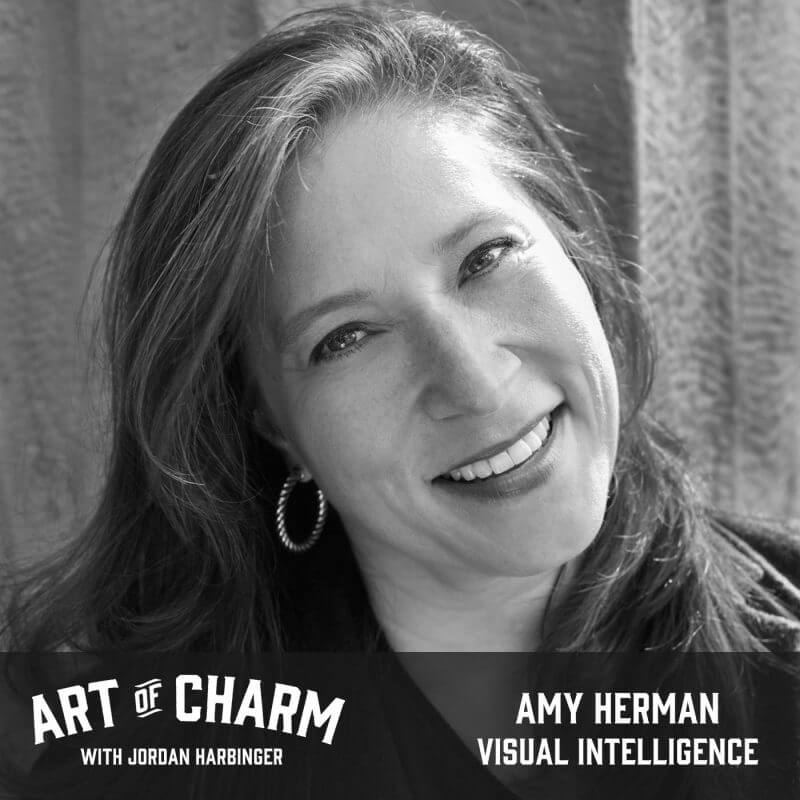Amy Herman (@AmyHermanAOP) helps people from across the professional spectrum enhance their observation and perception skills by learning to look at works of art in her Art of Perception course. Her new book, Visual Intelligence: Sharpen Your Perception, Change Your Life is available now.
The Cheat Sheet:
- Discover why Amy discourages use of the words “obviously,” “clearly,” “always,” and “never.”
- The Four As: assess, analyze, articulate, act.
- Learn the difference between short-term situational awareness and long-term situational awareness.
- Don’t worry about political correctness. Worry about correctness.
- How can studying art sharpen your ability to observe — especially the details that hide, unnoticed by most, in plain sight?
- And so much more…
[aoc-subscribe]
If you’re a professional in the military, law enforcement, the medical field, finance, or you run a company, people rely on you to make decisions that have a monumental impact on their lives. Having sharp observation and communication skills isn’t just handy — it’s a necessity.
Lawyer, art historian, and author of Visual Intelligence: Sharpen Your Perception, Change Your Life Amy Herman joins us on episode 524 of The Art of Charm to talk about The Art of Perception, a course she developed to help a wide array of professionals improve these very skills — and she uses art to do it. She teaches in a range of institutions, including the New York Police Department, the FBI, and the Department of Defense.
More About This Show
As the old saying goes, you may not know art, but you know what you like. In truth, you don’t even have to like art in order to learn something from it. Amy Herman, author of Visual Intelligence: Sharpen Your Perception, Change Your Life began The Art of Perception course to teach professionals — from agents at the FBI to doctors at the ER — to hone their skills of observation and communication by studying art. It may seem like a pretentious exercise at first glance, but it gets results. As Amy tells us:
“99.9 percent of the people I work with have never studied art before. And a huge percentage of that number have never even been to an art museum. So I have inherent skeptics enter my classes, but I tell them the class is not about art. I’m not teaching them art; we’re using it as a whole new set of visual data and I promise to make the connection between analyzing works of art and the skills that they need to do their jobs effectively every day.”
She assures her students they won’t leave class without understanding that connection, and she believes she tends to make good with that promise.
“What it comes down to is analyzing visual data. How do we communicate about what it is that we see? So I’m just taking them out of the comfort zone, substituting paintings for crime scenes, and saying, ‘What are you looking at? Tell me what you’re looking at. And more important, tell me what you don’t see.’ Because when you’re in counterintelligence and surveillance, you need to talk about what you don’t see as much as what you do see.”
Amy’s approach to analyzing art makes sense if you understand her extraordinary
educational background. She got a law degree first, realized she didn’t really want to be a lawyer (in spite of having a mind quite attuned to the nuances of the law), and then went on to pursue an education in art history.
“What I tried to do is merge the visual analysis with legal analysis to come up with a unique program that fills a niche,” says Amy. “I definitely needed that legal analysis to get my foot in the door with those law enforcement communities.”
The point of Amy’s program is to make sure professionals whose judgment relies on assumptions, biases, and inferences operate to the maximum of their ability.
“I want to be able to help them step back and say, ‘You know what? Maybe I shouldn’t be using this assumption,'” says Amy, “and make sure their communications are exactly what they want to say and are perfectly clear.”
One way of communicating effectively is by avoiding words like “obviously” and “clearly.”
“I love when the pundits on TV say, ‘Well obviously this was an act of terrorism,’ or, ‘Clearly, there’s a connection to ISIS.’ Nothing is obvious about it, and nothing is clear! And I love when they say that, because it illustrates my point that when you take those words out of a sentence, it doesn’t change the meaning…description is so important, and every word counts.”
The Four As
The people who come to Amy’s class already possess amazing skills in observation and communication — otherwise they wouldn’t be in their professions to begin with. But they’re trying to get even better.
“I ask them to really perfect the four As: how to assess the situation, how to analyze it, how to articulate it — whether they send an email or send a text or speak to colleagues — and then they act,” says Amy. “They adapt their behavior and they make a decision. Those are the skills that I work on in the program.”
Assess the Situation
Take in the information. What’s the problem? Who’s the client? What’s the illness? Depending on your profession, what is it you’re confronting? Then break down that information and move to the second A…
Analyze
Decide what information you need, what information is missing, and what information you don’t need.
Articulate
Based on your assessment and your analysis, how do you communicate the problem? When you write it, when you text it, when you email it, when you speak to somebody. Then you either adapt your behavior and make a judgment call based on the first three As, or you move to the next A…
Act
You pull the trigger. You don’t pull the trigger. You follow the person. You do CPR. You make a decision.
“I don’t want to add to anybody’s burden in any way,” says Amy. “People have enough work to do. I want The Four As to become automatic.”
The Art of Perception in Practice
When Amy uses art to teach observational skills, the lessons learned stick with you — check out these examples to see what she means.
Hiding In Plain Sight

Inattentional Blindness

The Pertinent Negative

Lay the Groundwork First

Listen to this episode of The Art of Charm to get a more in-depth explanation of The Four As, the difference in perceptual filters between adults and children, how we operate on our biases, short-term situational awareness versus long-term situation awareness, how we damage our credibility by ambiguous language, and a whole lot more. If you want to test your own visual intelligence in a non-painful way, take the Visual Intelligence Test here.
THANKS, AMY HERMAN!
Resources from this episode:
- Visual Intelligence: Sharpen Your Perception, Change Your Life by Amy E. Herman
- The Visual Intelligence Test
- Amy Herman’s website
- Amy Herman’s TED-Ed: How Art Can Help You Analyze
- Amy Herman at Ignite NYC: How Picasso Helps to Solve a Murder Case
- Amy Herman at Twitter
You’ll also like:
- The Art of Charm Challenge (click here or text 38470 in the US)
- The Art of Charm Bootcamps
- Best of The Art of Charm Podcast
- The Art of Charm Toolbox
- The Art of Charm Toolbox for Women
On your phone? Click here to write us a well-deserved iTunes review and help us outrank the riffraff!




